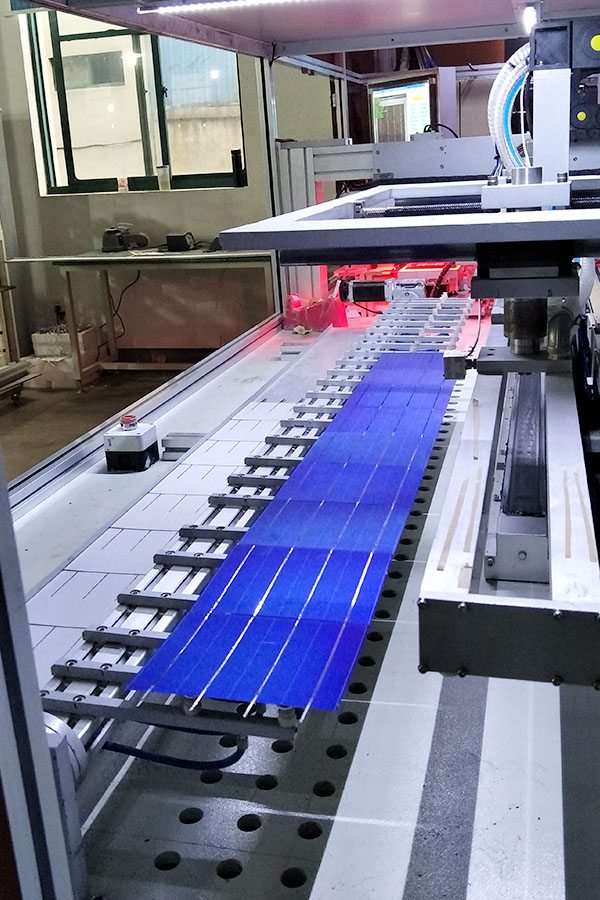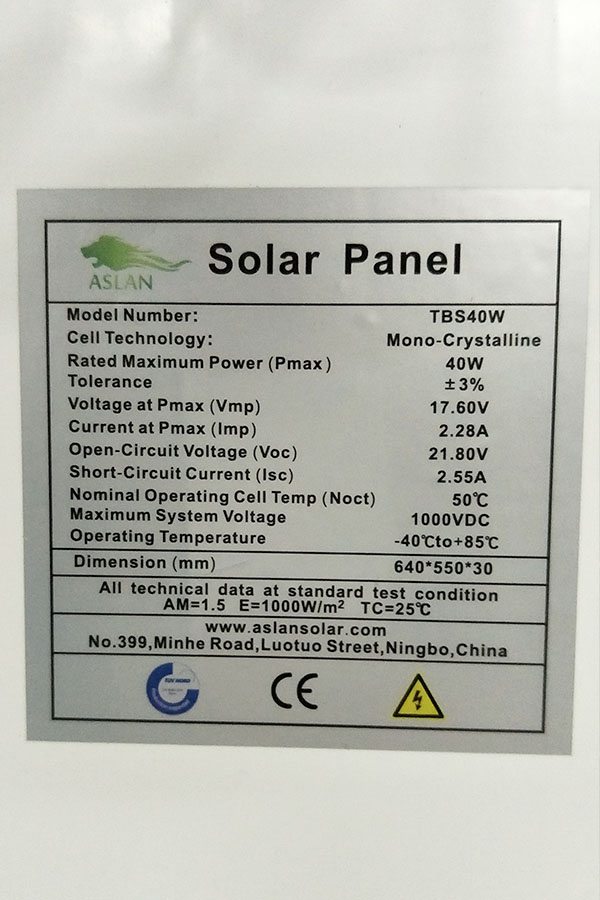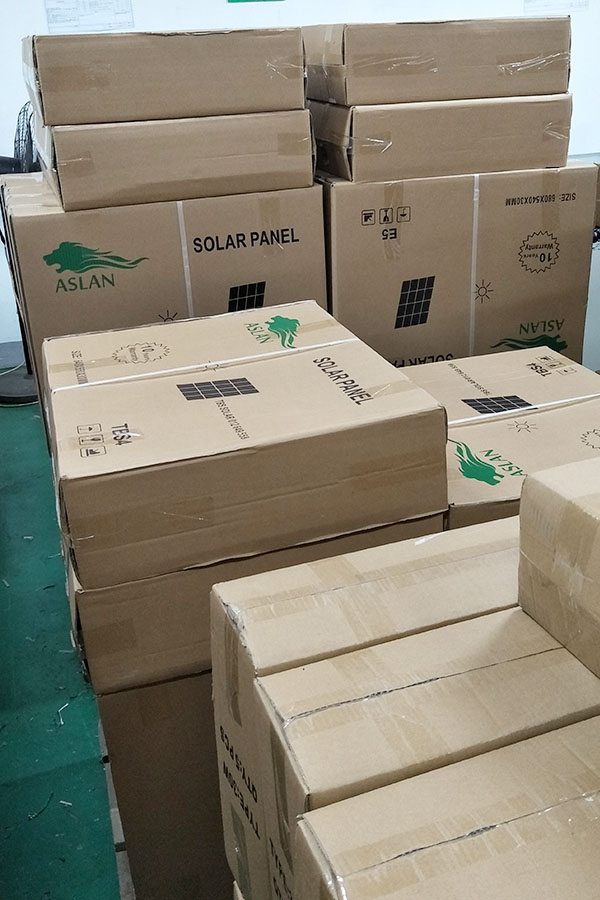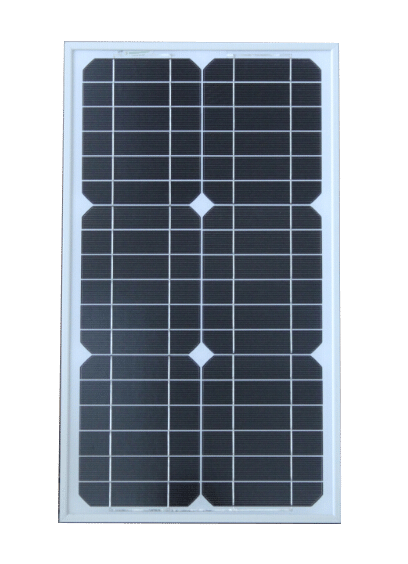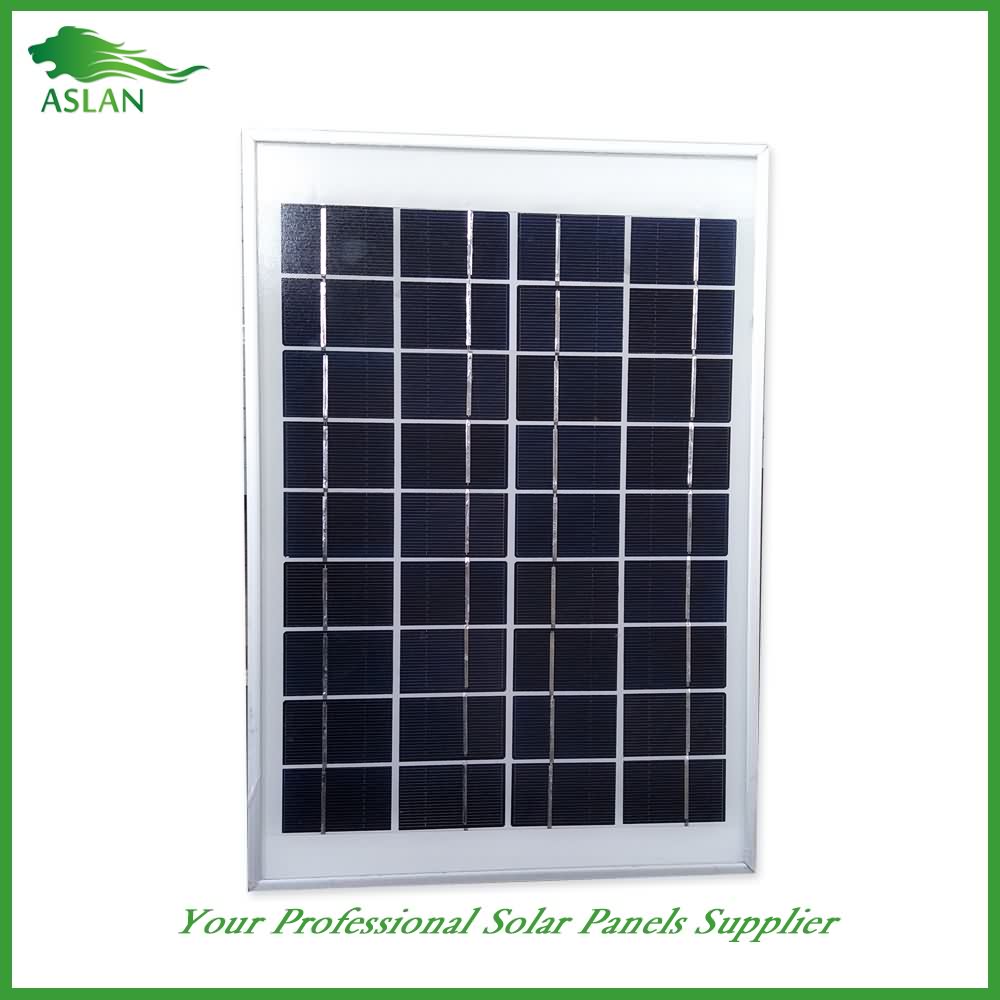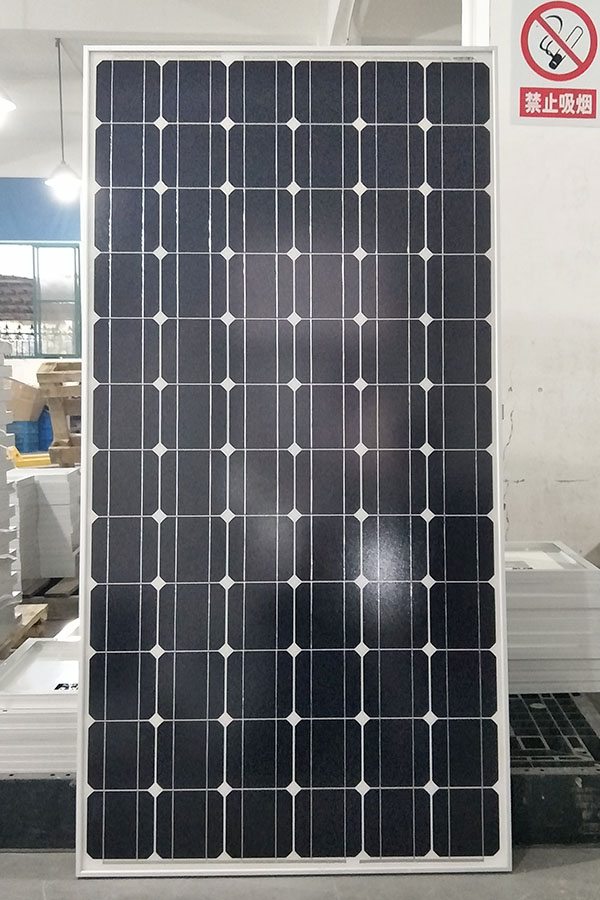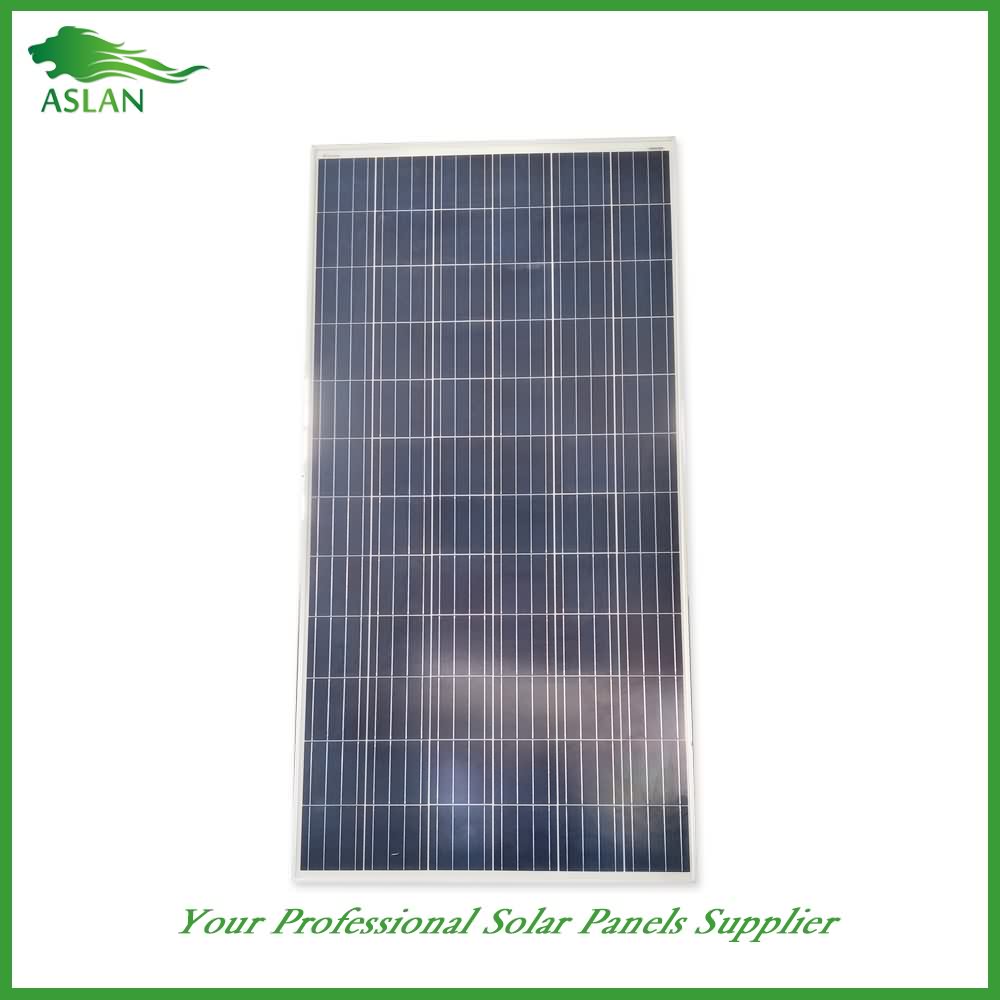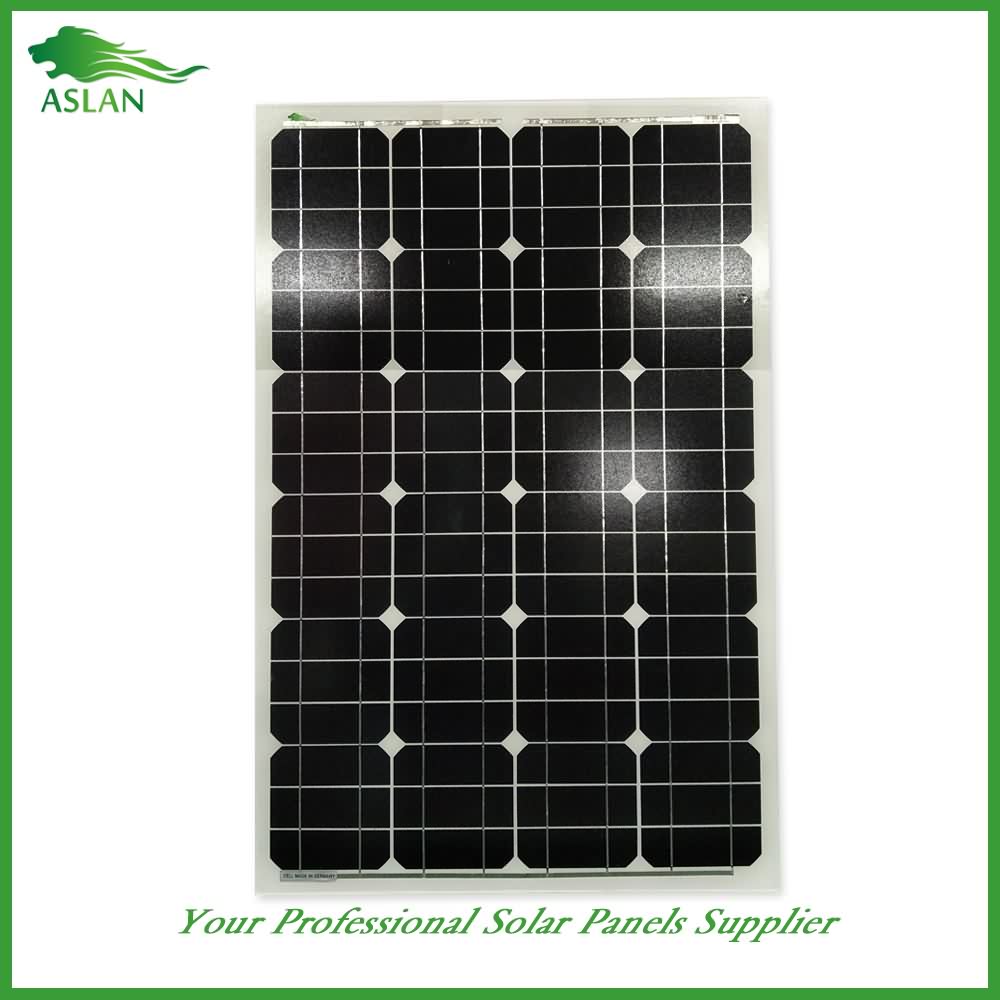11 Years manufacturer Poly-crystalline Solar Panel 40W to Seychelles Importers
Short Description:
Adhering to the principle of "quality, service, efficiency and growth", we have gained trusts and praises from domestic and international client for 11 Years manufacturer Poly-crystalline Solar Panel 40W to Seychelles Importers, Our company warmly welcome friends from all over the world to visit, investigate and negotiate business.
Poly-crystalline Solar Panel 40W
Technical parameter
Maximum Power(W) 40W
Optimum Power Voltage(Vmp) 17.35V
Optimum Operating Current(Imp) 2.31A
Open Circuit Voltage(Voc) 21.16V
Short Circuit Current(Isc) 2.53A
Mechanical Characteristics
Cell Type Polycrystalline 156 x 52mm
No of Cell 36 (4x9pcs)
Dimensions 670x420x30mm
Weight 4.0Kg
Front Glass 3.5mm,High Transmission, Low Iron,Tempered Glass
Junction box IP65 Rated
Output Cable TUV 1×4.0mm2/UL12AWG,Length:900mm
Temperature and Coefficients
Operating Temperature(°C): -40°C ~ + 85°C
Maximum System Voltage: 600V(UL)/1000V(IEC) DC
Maximum Rated Current Series: 15A
Temperature Coefficients of Pmax: -0.47%
Temperature Coefficients of Voc: -0.389%
Temperature Coefficients of Isc: 0.057%
Nominal Operationg Cell Temperature (NOCT): 47+/-2°C
Materials of solar panel
1).Solar Cell——Polycrystalline solar cell 156*52mm
2).Front Glass——-3.2mm, high transmission, low iron, tempered glass
3).EVA——-excellent anti-aging EVA
4).TPT——-TPT hot seal made of flame resistance
5).Frame——anodized aluminum profile
6).Junction Box——-IP65 rated, high quality, with diode protection
Superiority: high quality anodized aluminum frame, high efficiency long life, easy installation, strong wind resistance, strong hail resistance.
Features
1. High cell efficiency with quality silicon materials for long term output stability
2. Strictly quality control ensure the stability and reliability, totally 23 QC procedures
3. High transmittance low iron tempered glass with enhanced stiffness and impact resistance
4. Both Poly-crystalline and Mono-crystalline
5. Excellent performance in harsh weather
6. Outstanding electrical performance under high temperature and low irradiance
Quality assurance testing
Thermal cycling test
Thermal shock test
Thermal/Freezing and high humidity cycling test
Electrical isolation test
Hail impact test
Mechanical, wind and twist loading test
Salt mist test
Light and water-exposure test
Moist carbon dioxide/sulphur dioxide
Energy production involves many considerations: not just money and pollution, but also how land is used. From coal mines to biofuel plantations to solar cells, Dr. Keith describes the tradeoffs for different sorts of power plants and how they use our land.
***
Sign-up for the course “Energy Within Environmental Constraints” on edX: http://bit.ly/2pJfvgX
Humanity faces an immense challenge: providing abundant energy to everyone without wrecking the planet. If we want a high-energy future while protecting the natural world for our children, we must consider the environmental consequences of energy production and use. But money matters too: energy solutions that ignore economic costs are not realistic—particularly in a world where billions of people currently can’t afford access to basic energy services. How can we proceed?
Energy Within Environmental Constraints won’t give you the answer. Instead, we will teach you how to ask the right questions and estimate the consequences of different choices.
This course is intended for a diverse audience. Whether you are a student, an activist, a policymaker, a business owner, or a concerned citizen, this course will help you start to think carefully about our current energy system and how we can improve its environmental performance.
This course:
– Covers engineering, environmental science, and economics to enable critical, quantitative thinking about our energy system
– Focuses on a working understanding of energy technologies, rich in details of real devices and light on theory; you won’t find any electrodynamics here but will find enough about modern commercial solar panels to estimate if they would be profitable to install in a given location
– Covers environmental impacts of the energy system, focusing on air pollution, climate change, and land use
– Emphasizes costs: the cascade of capital and operating costs from energy extraction all the way through end uses
– Emphasizes quantitative comparisons and tradeoffs: how much more expensive is electricity from solar panels than from coal plants, and how much pollution does it prevent? Is solar power as cost-effective an environmental investment as nuclear power or energy efficiency? And how do we include considerations other than cost?
What you’ll learn:
– How energy flows through modern economies, from initial resources to end users
– The environmental impacts of today’s energy system, focusing on air pollution, climate, and land use
– How to estimate economic costs of reducing environmental impacts
– Details on nuclear and solar power: technology, costs, policy, unique challenges and problems
– How to critically compare energy options, including quantitative and qualitative analysis
***
HarvardX is a Harvard University strategic initiative, to enable faculty to build and create open online learning experiences for the public, and to enable groundbreaking research in online pedagogies. Be sure to subscribe to HarvardX on YouTube to check out more great videos from Harvard.
TTP Energy Co.,Ltd บริการล้างแผงโซล่าเซลล์ด้วยเครื่องมือที่ทันสมัยจากประเทศ เยอรมนี สะอาด รวดเร็ว ประหยัดน้ำ เพิ่มประสิทธิ์ภาพให้กำลังการผลิตไฟฟ้าของระบบโซล่าเซลล์ของท่าน สนใจติดต่อ 088-0222727 บริษัท ที ที พี เอ็นเนอร์จี จำกัด ในเครือ TTP Group

